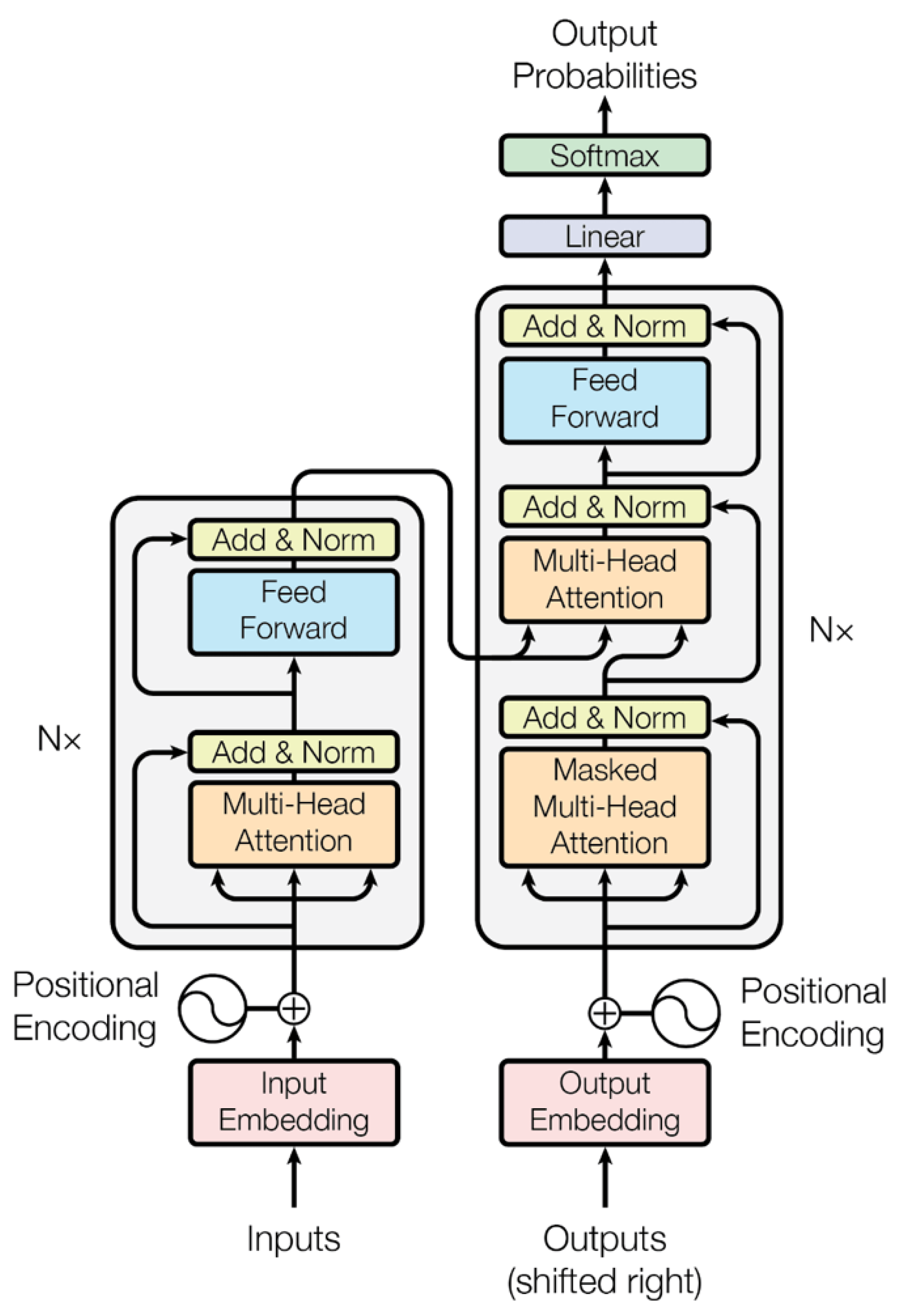Expanding the Horizons of AI: Productionizing LLMs with LangSmith
In the fast-paced world of artificial intelligence (AI), the ability to efficiently transition Large Language Models (LLMs) like GPT-3 from research to production is a game-changer. LangSmith, an innovative tool from LangChain, emerges as a crucial component in this transformative process. Here’s an in-depth look into how LangSmith is reshaping the landscape of LLM deployment.
Unveiling LangSmith’s Potential
LangSmith is more than just a tool; it’s a comprehensive solution designed to address the complexities and challenges of working with LLMs in production environments. Its capabilities span across various aspects of deployment, making it an indispensable asset for AI practitioners.
Deep Diving into LangSmith’s Core Features
Advanced Tracing: Get an in-depth view of your LLM’s internal processes. Understand how data flows through the model, which is vital for diagnosing issues and optimizing performance.
Intuitive Debugging: LangSmith simplifies the debugging process, enabling you to quickly identify and resolve issues ranging from minor glitches to major performance bottlenecks.
Evaluation and Feedback Loop: One of LangSmith’s standout features is its ability to implement both custom and standard evaluators. This allows for a thorough assessment of your model’s performance and facilitates continuous improvement through a feedback loop.
Navigating the Journey to Production with LangSmith
Embarking on the journey of productionizing LLMs with LangSmith involves several strategic steps, each crucial for the successful deployment of these advanced models
Preparing for the deployment of Large Language Models (LLMs) with LangSmith involves a comprehensive and strategic approach, encompassing various stages from dataset curation to final deployment and monitoring.
The process begins with dataset curation, where the focus is on building a diverse and high-quality dataset. This foundational step is critical as it determines the effectiveness of the LLM’s training and evaluation. Ensuring that the dataset covers a wide array of scenarios guarantees a well-rounded model capable of handling diverse tasks.
In agent development, the creation of custom agents tailored to specific tasks within the LLM is essential. These agents must be adept at handling various functions, ensuring that the LLM is versatile and efficient in its operations.
The tuning and testing phase is where evaluation metrics come into play. Defining clear metrics for success is crucial, and LangSmith facilitates this by allowing the setting of specific performance benchmarks. An iterative improvement approach is adopted, leveraging LangSmith’s feedback loop to refine the model based on real-world data and interactions.
Optimizing the LLM for efficiency and scalability is a key consideration, especially given the vast computational demands of these models. This stage ensures that the LLM can function effectively in a production environment.
Deployment involves leveraging LangSmith’s tools for efficient model rollout. It’s crucial to ensure that the model is robust and ready for real-world scenarios. Post-deployment, continuous monitoring is vital. LangSmith enables ongoing performance tracking, allowing for quick identification and resolution of any issues. Regular updates and maintenance are necessary to keep the model relevant and efficient.
LangSmith plays a transformative role in integrating LLMs into production, bridging the gap between research and practical applications. This integration is not just a technical execution; it’s a transformative journey that reshapes businesses and industries. LangSmith equips businesses to customize LLMs for various applications, making a cross-industry impact in sectors like healthcare, finance, and education.
Future-proofing with LangSmith involves continuous learning and adaptation, maintaining an innovative edge in the rapidly evolving AI landscape. LangSmith fosters collaboration within the AI community, contributing to the broader ecosystem and advancing the field of AI and LLMs.
Expanding further on deploying Large Language Models (LLMs) with LangSmith, we delve into the nuances that make this process both challenging and rewarding. The journey of bringing an LLM into a production environment is multi-faceted, requiring a blend of technical expertise, strategic planning, and foresight.
At the core of this journey is the dataset curation phase. This is more than just gathering data; it’s about curating a dataset that is not only comprehensive but also representative of the diverse scenarios in which the LLM will operate. This stage is critical in training the model to understand and interpret a wide range of data inputs effectively. It’s here that the foundation for a robust and versatile LLM is laid.
The development of custom agents is another pivotal aspect. These agents are essentially the building blocks of the LLM, each designed to perform specific functions. The development process is intricate, involving a deep understanding of the tasks at hand and how best the LLM can execute them. This customization is what sets apart a generic model from one that is finely tuned to specific operational needs.
Tuning and testing are where the rubber meets the road. Defining success is not just about setting performance benchmarks; it’s also about understanding how the LLM will interact in real-world scenarios. LangSmith’s feedback loop is a key feature here, allowing for an iterative process of improvement. This phase is about refining and honing the model, ensuring that it not only meets but exceeds the set benchmarks.
Performance optimization is crucial, especially given the resource-intensive nature of LLMs. Efficiency and scalability are not just buzzwords; they are essential attributes that determine the viability of an LLM in a production setting. This stage involves a lot of back-end work, ensuring that the model runs smoothly and can handle the demands of real-world application.
Deployment is a significant milestone, but it’s not the end of the journey. Once the LLM is live, continuous monitoring becomes critical. This is where LangSmith’s tools play an indispensable role, enabling real-time tracking of the model’s performance. This monitoring is not just about ensuring the model is functioning as intended; it’s also about being proactive in identifying areas for improvement.
Regular updates and maintenance are part and parcel of the model’s lifecycle. The digital landscape is constantly evolving, and the LLM must evolve with it. This means regular updates to the model, ensuring that it stays current and effective.
LangSmith is more than a tool; it’s a catalyst for transformation. It enables organizations to not just implement LLMs but to do so in a way that is transformative. This transformation transcends technical execution; it reshapes how businesses operate, opening up new avenues and opportunities.
In the broader context, LangSmith is contributing to the ecosystem of AI and LLMs. By fostering a collaborative environment, it encourages the sharing of insights and strategies, which is invaluable in advancing the field. LangSmith is not just about deploying an LLM; it’s about being part of a community that is at the forefront of AI innovation.
In conclusion, as the AI landscape evolves, tools like LangSmith are accelerating the transition of LLMs from experimental models to essential components of our digital world. LangSmith stands at the forefront of this era, unlocking new possibilities and driving innovation. Embracing LangSmith means not just leveraging a tool but partnering in a journey that transforms how we interact with and benefit from AI. Whether an AI novice or an expert, LangSmith offers the necessary resources and support in navigating the complex world of LLMs.








